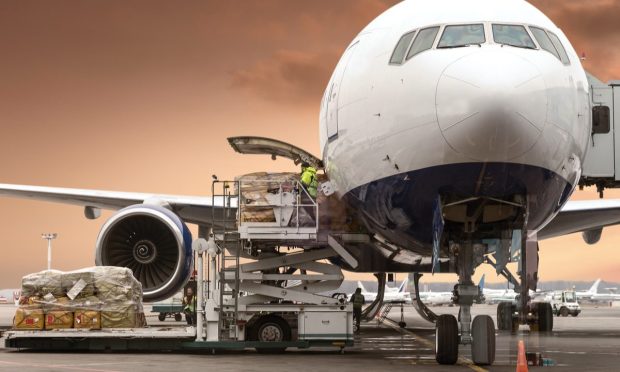Airlines Search for Top and Bottom Line Leverage by Shifting to Cargo Flights

Any business, no matter the vertical, must strive to be flexible, must pivot to where the demand is, so to speak, in order to get the maximum top line momentum possible.
For airlines — and, really, pick your carrier — the pivot has been, at least in part, to offset the still-depressed passenger travel demand with cargo-focused flights, in an effort to sate the never-ending demand for packages to be delivered across the last mile in timely fashion.
As noted in The Wall Street Journal and other publications, carriers including Virgin Atlantic are boosting their efforts to bring cargo more centrally into operations. It’s a bid to soften the blow, at least a bit, from steep fall-offs in cross-border travel that is only now beginning to show green shoots (though no one really knows what the impact of the omicron variant will be in the months ahead).
To get a sense of just how lofty the demand for air cargo has been, IATA’s data — for October, so it’s not necessarily reflective of the holiday crunch — shows that Global demand, measured in cargo tonne-kilometers, was up 9.4% compared to October 2019, which would serve as a measure of normalized levels. At the same time, the organization noted, capacity constraints are in evidence: Capacity remains 7.2% below those pre-pandemic levels.
As the pandemic winds on into its second full year, the carries are shifting their efforts well beyond the confines of ferry medical equipment (and vaccines) internationally where needed. The bellies of the passenger jets are now, more than effect, being used in the service of unsnarling supply chains.
Buying and Building the Fleets
Against that backdrop, merchants large and small, particularly retailers, might logically increase their efforts to use the friendly skies to get goods where they need to go. Juggernauts like Amazon, of course, have been able to buy and build out massive swathes of infrastructure, including their own jet fleets.
Read also: Amazon Proves Logistics Is Key to Increasing Online Sales, Market Share
Others, of course, would turn to carriers that, in turn, are pivoting a bit to use otherwise empty or less-than-full capacity flights to enhance cargo operations.
Examples abound, beyond that of Virgin’s efforts, and show that some carriers are moving beyond filling passenger flights’ empty spaces: Air Cargo News reported Monday (Dec. 13) that Air Belgium is seeking to expand its presence in air cargo, in part by adding f B747-8 freighter aircraft operations and by posting job openings for pilots.
Other data points bear out the appeal of cargo. American Airlines said its cargo operations in the most recent quarter were $332 million, up about 60% from the September quarter last year. United Airlines’ cargo flights, which moved away from freight only flights in the past few months, garnered $519 million in revenues in the latest quarter, up 84% from 2019’s similar quarter.
And yet: losses are losses. Even before the newest variants surfaced, IATA projected in October that net industry-wide losses this year will be around $51.8 billion, with cumulative losses from 2020-2022 topping $200 billion.
The runway toward profits is not clear yet, but one trend with wings remains the demand for cargo.
